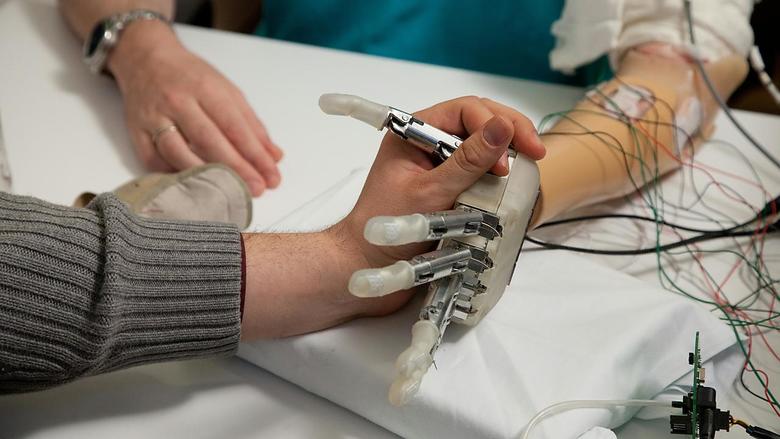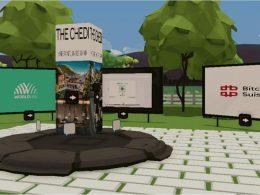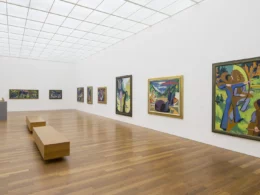An international team of researchers led by the EPF Lausanne (EPFL) shows that prosthesis wearers can perceive the artificial hand as their own by using a trick in which VR plays an important role.
A person's perception of their lost hand and the artificial replacement sometimes do not quite match. Often, those affected still feel the lost hand as a phantom hand, but it feels smaller than the prosthesis. In addition, the wearers of the prosthesis do not receive any sensory feedback when the artificial hand touches something.
Today's prostheses are difficult to use because there is no feedback in the form of button presses. The patient has to constantly watch his hand when he uses it to grasp, for example, so that it does exactly what it is supposed to. "The brain normally uses sensory impressions transmitted to it to figure out what belongs to the body and what doesn't," says Giulio Rognini, from EPFL's Cognitive Neuroprosthetics Laboratory. "Now we have shown that the combination of visual and tactile impressions can trick the brain into thinking that the artificial hand, which is not actually part of the body, is the body's own." The report can be found in the Journal of Neurology, Neurosurgery & Psychiatry.
Seeing alone is not enough
"Seeing is believing", i.e. seeing the prosthesis as part of the body and thus also feeling it as such, is often not enough, the EPFL wrote in a statement on Monday evening. The researchers therefore relied on two senses: seeing and feeling. To do this, they combined virtual reality with a tactile stimulus.
In two hand amputees, they stimulated nerve endings in the stump so that the test persons had the feeling of being touched on the index finger tip of their phantom hand. At the same time, the two subjects also wore VR glasses through which they saw the index finger of the prosthesis light up every time they touched it. The combination of image and artificial sense of touch ensured that the amputee had the feeling that the artificial hand was his own.
Phantom hand grows into the prosthesis
Both prosthesis users stated that they felt the prosthesis was part of their body. Furthermore, it turned out that their phantom hand had stretched into the "larger" prosthesis according to their perception.
"The setup is wearable and could one day be used as a therapy to help patients permanently embody their prosthesis," said study author Giulio Rognini of EPFL.
In the long term, the knowledge now gained could lead to a therapy that permanently gives prosthesis wearers the feeling that they are practically using their own limbs. This would mean a completely new level of quality of life.
Source: Press release, Suedostschweiz









